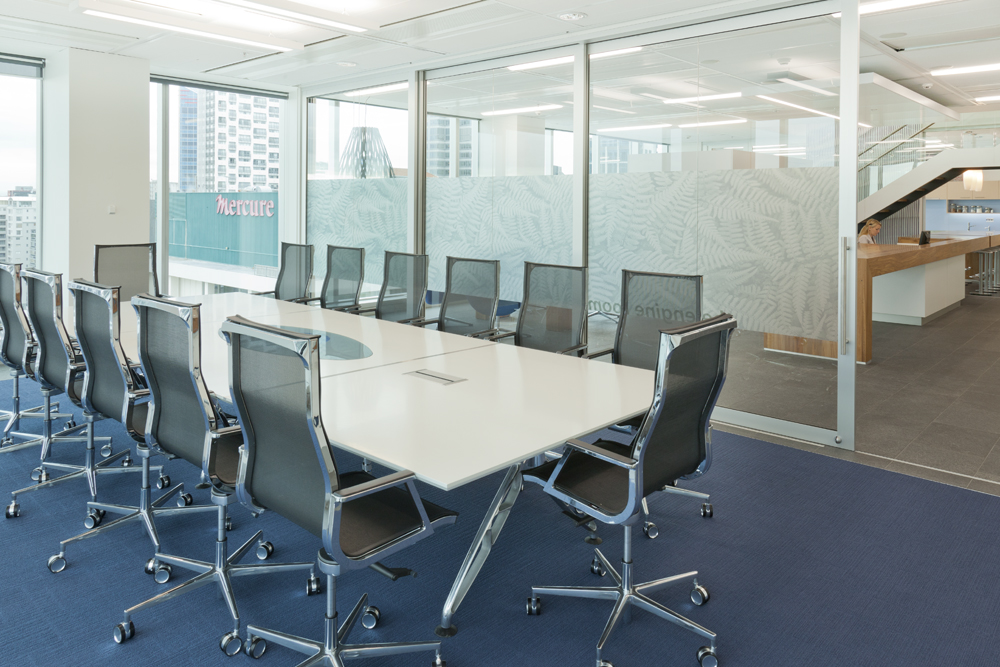Office acoustics are often overlooked, while the impact of unwanted sounds on stress and lower motivation is also little understood.
Workplace productivity continues to be an essential discussion in boardrooms around the country. Because office environments must encourage the transfer of knowledge and greater interaction, they should be designed to minimise unwanted noise such as phones, office equipment and ventilation and to facilitate the sharing of information.
A supportive design ultimately contributes to increased wellbeing and job satisfaction, improved levels of concentration and communication, fewer errors and increased accuracy.
To design the optimum conditions for an office work environment, it’s important to first understand the activities that will take place in it and what the acoustic requirements are for these activities. It is the relationship between the person, the room and the activity that determines the room’s acoustic comfort, and ultimately the wellbeing and performance of the people who use it.
For example, a reception area is often the introduction and very first point of reference for a company to the outside world. These entrances are often designed with hard surfaces to endure wear and tear; but there also needs to be an area in which visitors and staff can speak clearly without being disturbed by surrounding noise, or having their sound travel. To achieve optimal acoustic amenity within a visually appealing environment for visitors and staff, a highly absorbent ceiling panel may be required.
Then there are the ubiquitous meeting rooms. Because they are used for discussion and presentations throughout the working day, the design parameter for these rooms must be a low level of sound. Meeting rooms are also used to discuss sensitive matters, so allowing for confidentiality and privacy is also imperative. To create a functional acoustic environment in a meeting room the design should also include acoustic wall and ceiling panels for sound absorption, which will support speaker comfort while also achieving a low sound strength.
Also crucial to the acoustic performance is the choice of acoustic glass: which glazing materials and styles will best dampen sound, through enhanced sound insulation performance; which glazing is best off accessing natural light?
Creative office designs today certainly maximise the use of open space wherever possible; while this is a popular design trend there is still a need for a level of noise privacy. This often necessitates a strong emphasis on the placement of glass partitions with suitable acoustic performance as part of the overall office layout.
Glass partitions provide a necessary physical barrier – at the same time removing visual and noise barriers. They provide connectivity while still allowing a physical separation.
Glass partitioning helps organisations create separate spaces within a single floor plate which can then be used by different individual teams for conducting meetings and training without disturbing others in the office.
Correctly calibrating room acoustic requirements such as sound level, reverberation or speech clarity carefully can dramatically improve acoustic comfort without affecting costs. By combining existing technology for acoustic glass, acoustic ceiling tiles, free-hanging ceiling panels and wall absorbers with the creative design possibilities now at hand, work environments can benefit significantly.
When employees are more comfortable and relaxed, their productivity is likely to increase.
See here more information regarding acoustic ceiling and wall panels or please contact us today.

